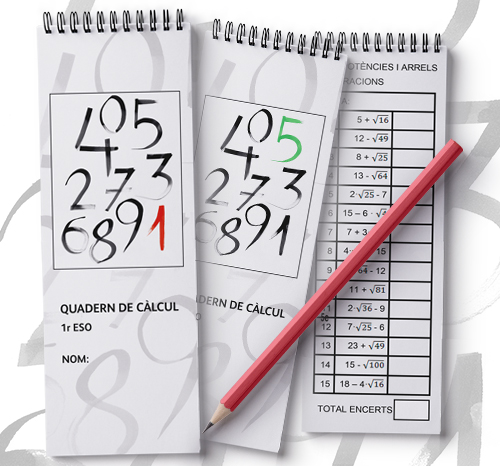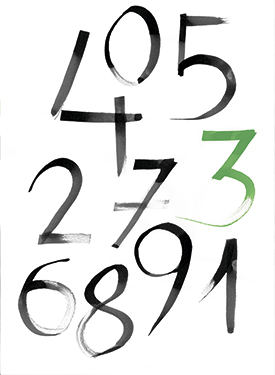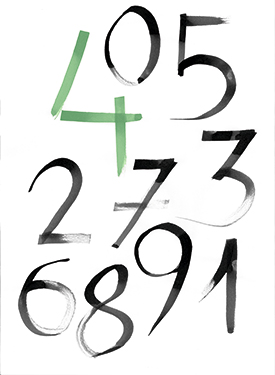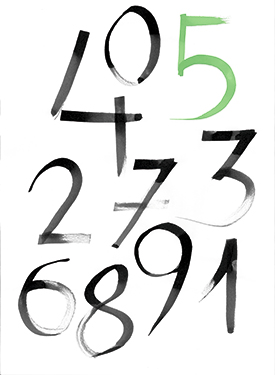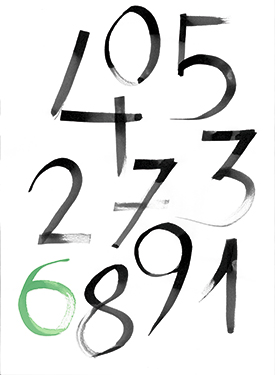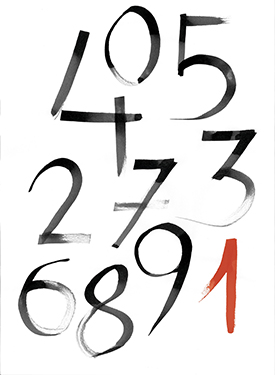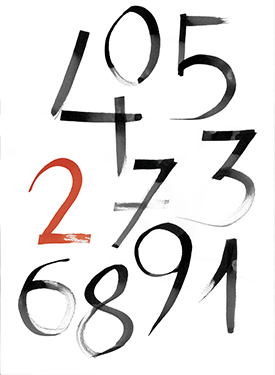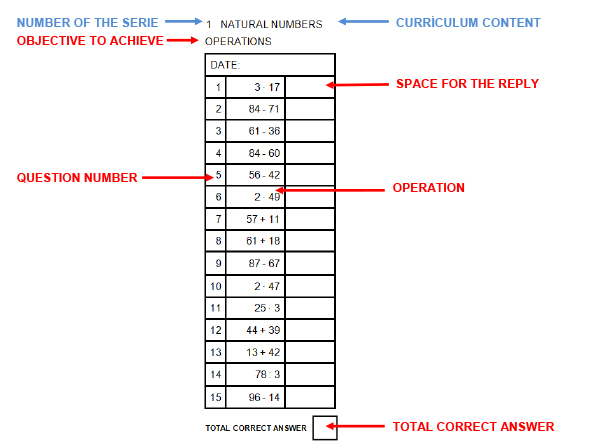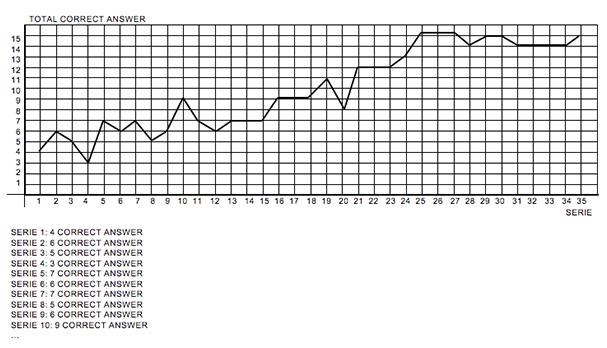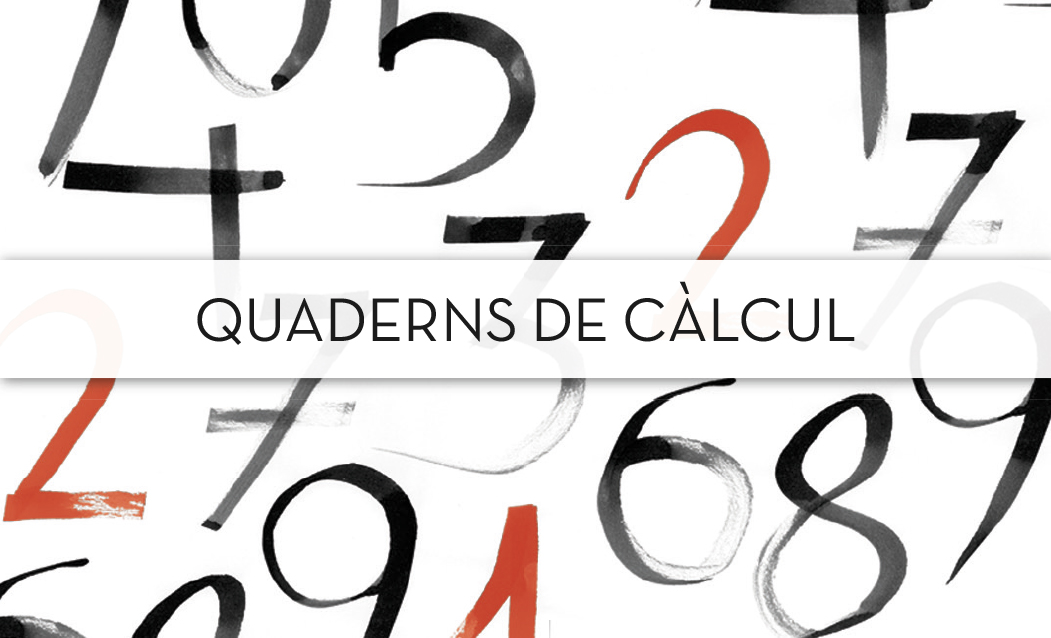-
1.
Every day at the beginning of the class, we distribute the workbooks to the students and we give them instructions on the series that they have to solve.
2.
Students prepare their pens, open the notebook on the corresponding page and write down the date.
-
3.
EWe indicate the content to be worked on and what the activity consists of. We start the stopwatch.
4.
When stopwatch finishes, students stop writing and prepare the red pen to make the correction.
-
5
We use the answer key to tell the students the right answers while students correct their own exercises
6.
After finishing, each student counts the correct answers and writes the result in the corresponding box. Then they mark it on the grid of the end of the notebook.
-
7
Finally, we keep a register of the results that each student obtains and we collect the workbooks
-
CALCULATION workbooks
These calculus workbooks arise from the need to develop specific materials which could help the students improve certain mathematical skills such as mental calculation and algorithmic calculation, and that, at the same time are interrelated to the contents of the curriculum.
The main aims that are intended to achieve are:
- Boosting student’s attention and concentration.
- Using strategies to memorize and retrieve information.
-
Master the contents of the subject such as:
- Progressively knowing and using the different types of numbers.
- Using the different properties when performing operations…
